38 definition of total fat on nutrition labels
How to Read Nutrition Facts Labels the Right Way - GoodRx Healthy fats can be a bit harder to find on a nutrition label. They are not required to be listed under "total fat," although some food manufacturers may voluntarily do so. Even if a product does not list these fats, you can identify them by becoming familiar with the sources of each type of fat. Sources of monounsaturated fats include: Nuts. Seeds Understanding Food Labels | The Nutrition Source | Harvard T.H. Chan ... The label lists the calorie amount for one serving of food. The serving size, also important but often unnoticed, is easily doubled or tripled when not paying attention to the serving size, quickly inflating the calories. Highlighting both of these values emphasizes their importance and relationship.
Fats | Nutrition.gov Read about saturated fat - what it is, where it is found, and how you can use the Nutrition Facts Label for reducing saturated fat in your diet. The Skinny on Fat HHS, National Institutes of Health Fat is an essential nutrient for our bodies. It provides energy. It helps our guts absorb certain vitamins from foods.
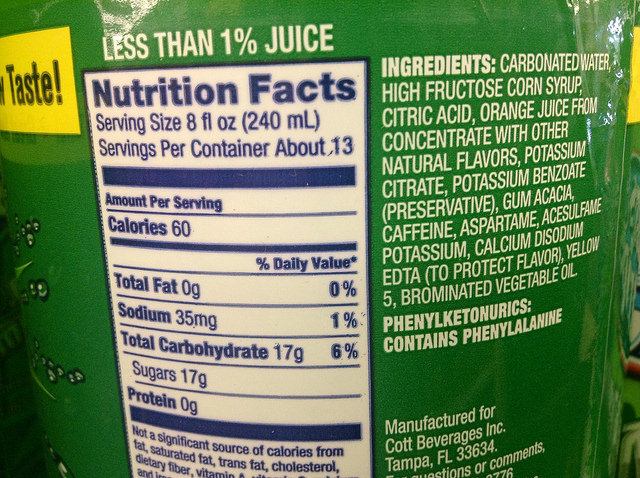
Definition of total fat on nutrition labels
How to Read a Nutrition Facts Label | Everyday Health There are official definitions for those terms: A food can be called "low-fat" if no more than 30 percent of its total calories come from fat, according to the FDA, while "high-protein" foods... CODEX GUIDELINES ON NUTRITION LABELLING - Food and Agriculture Organization For the purpose of these guidelines: 2.1 Nutrition labelling is a description intended to inform the consumer of nutritional properties of a food. 2.2 Nutrition labelling consists of two components: (a) nutrient declaration; (b) supplementary nutrition information. 2.3 Nutrition declaration means a standardized statement or listing of the ... How to Read Food Labels for Fats and Oils The nutrient conditions necessary for a "healthy" diet include specific criteria for nutrients to limit in a diet, such as total fat, saturated fat, cholesterol, and sodium. The nutrient criteria to use this claim varies depending on the product and is different for raw fruits and vegetables than frozen or canned, enriched cereal products, and seafood or meat products.
Definition of total fat on nutrition labels. What Are the Fats Not Listed on Nutrition Labels? The nutrition facts label highlights the fats that you should limit in your daily diet. It lists the amount of total fat you'll get in one serving of that product, followed by the amount... Nutrition Labeling Summary Sheets | FDA - Food and Drug Administration Total Fat (Fat Total) 101.9(C)(2) M: Y: N: Never Total Lipid fatty acids expressed as ... Food Labels 101: Understanding the Nutrition Facts Label If the label indicates that the food is high in saturated fat (no more than 20 grams total for the day), then it is not an ideal food for a heart healthy diet. Saturated fats can raise your low density lipoprotein, or "bad cholesterol", which can increase your risk for heart disease and stroke. Trans fats should be avoided altogether, as ... Fat Content on Food Labels - Reading Between the Lines - CyberParent When it comes to listing fat on food labels, manufacturers are required to only list total fat and saturated fat. Some also voluntarily list monounsaturated and polyunsaturated fat, but it's unlikely you'll see trans fat listed."
Food Labels: Fat & Cholesterol | Home & Garden Information Center The 2015 Dietary Guidelines for Americans recommends the following intakes of fat and cholesterol every day: total fat—20 to 35% of calories, depending on age and gender (65 grams for the 2,000-calorie intake level used in the Daily Value)* saturated fat—less than 10% of calories** trans fat— keep as low as possible What the Labels Mean - Calorie Control Council Food and Drug Administration (FDA) food labeling regulations require that essentially all food labels provide nutrition information to help consumers make informed food choices. The regulations have a significant impact on low-calorie, low-fat and "light" foods and beverages which are so popular today. Definitions for terms such as "light ... How to Understand and Use the Nutrition Facts Label | FDA Total Fat: 9g: 12%: 18g: 24%: Saturated Fat: 4.5g: 23%: 9g: 46%: ... Total Sugars on the ... Stop Worrying About Total Fat - Tufts Health & Nutrition Letter Two of the nations leading nutrition experts have some advice for the federal government: Stop worrying about total fat. Nutrition research has shown that the emphasis on restricting total fat intake is outdated, yet these limits affect everything from Nutrition Facts labels to school lunches to supermarket products. In recent opinion pieces in JAMA and the New York Times, Dariush Mozaffarian ...
Do Saturated Fats & Unsaturated Fats Equal Total Fats on Nutrition Labels? Nutrition labels are written in accordance with the Food and Drug Administration's Guide to Nutrition Labeling and Education Act (NLEA). One of the NLEA's rules is that if a given serving of your... Here's What Nutrition Fact Labels Tell You and What the ... - Insider Nutrition labels are on all packaged foods and they list the macro and micronutrients of the food inside. Calories tend to be at the top of the list, but they aren't necessarily the only number you should be paying attention to. Paying attention to the fats, sodium, carbohydrates, protein, vitamins, and minerals can be just as important as ... The Basics of the Nutrition Facts Label - Academy of Nutrition and ... A food item with a 5% DV of fat provides 5% of the total fat that a person who needs 2,000 calories a day should eat. You may need more or less than 2,000 calories per day. This means that you may need more or less than 100% DV that is listed on the package for some nutrients. Low is 5% or less. Food Labels | CDC - Centers for Disease Control and Prevention All the numbers on this label are for a 2/3-cup serving. This package has 8 servings. If you eat the whole thing, you are eating 8 times the amount of calories, carbs, fat, etc., shown on the label. Total Carbohydrate shows you types of carbs in the food, including sugar and fiber. Choose foods with more fiber, vitamins, and minerals.
Tips for understanding the Nutrition Facts Labels Many different vitamins are important, with vitamins A and C listed most often on the label. A deficiency of vitamin A, a fat-soluble vitamin, may cause night blindness and keratomalacia. A deficiency of vitamin C, a water-soluble vitamin, can cause scurvy. Minerals also are included on labels, with calcium and iron listed most frequently.
Nutrition Labelling - Centre for Food Safety The amount of total fat listed in the nutrition label includes saturated fat, trans fat, monounsaturated fat and polyunsaturated fat that may be present in food. Fig.4. Nutrition Label of Brand C oil For example, in the nutrition label of the oil (Fig. 4), the sum of the trans fat and saturated fat is 2g whereas the amount of total fat is 10g.
Reading Food Labels: "Calories From Fat" | livestrong The U.S. Institute of Medicine recommends that Americans consume about 20 to 35 percent of their total calories from fat. Every gram of fat contains nine calories. This means a person who eats 2,000 calories a day should consume fewer than 78 g of fat per day.
Interpreting Total Fat and Types of Fat on Food Labels The Nutrition Facts label lays out the "total fat" in addition to the different types of fat contained in foods. Determining the type of fat can help you decide whether or not a food is rich in 'healthy' and/or 'unhealthy' fats. Trans fats and, in some cases saturated fats, are considered "unhealthy" or "bad" while monounsaturated and polyunsaturated (omega-3) fats are generally healthier alternatives or "good" fats.
Learn How the Nutrition Facts Label Can Help You Improve Your Health When it comes to health outcomes, the type of fat you eat matters more than the overall amount of fat. For this reason, the label shows percentages of calories from unhealthy saturated and trans fats rather than the percentage of calories from all fat. Added Sugars
eCFR :: 21 CFR 101.9 -- Nutrition labeling of food. ( 2) "Fat, total" or "Total fat": A statement of the number of grams of total fat in a serving defined as total lipid fatty acids and expressed as triglycerides where fatty acids are aliphatic carboxylic acids consisting of a chain of alkyl groups and characterized by a terminal carboxyl group.
Understanding Food Nutrition Labels | American Heart Association When the Nutrition Facts label says a food contains "0 g" of trans fat, but includes "partially hydrogenated oil" in the ingredient list, it means the food contains some trans fat, but less than 0.5 grams per serving. So, if you eat more than one serving, you could end up eating too much trans fat.
Nutrition Label Glossary: Definitions of Nutrition Fact Terms - WebMD This number on a food label indicates how many grams of carbohydrates are in a single serving of a food. Total fat. This number on a food label indicates how much fat is in a single...
Food labels - NHS - National Health Service Total fat High: more than 17.5g of fat per 100g Low: 3g of fat or less per 100g Saturated fat High: more than 5g of saturated fat per 100g Low: 1.5g of saturated fat or less per 100g Sugars High: more than 22.5g of total sugars per 100g Low: 5g of total sugars or less per 100g Salt High: more than 1.5g of salt per 100g (or 0.6g sodium)
Understanding Food Terms - American Cancer Society Lean: less than 10 g (grams) total fat, 4.5 g or less saturated fat, and less than 95 mg (milligrams) cholesterol per serving and per 100 g (about 3¾ ounces by weight, ... the most important part of the label is the serving size. It can be found in the Nutrition Facts box on the label. Many people think that low-fat or low-calorie means that ...
How to Read Food Labels for Fats and Oils The nutrient conditions necessary for a "healthy" diet include specific criteria for nutrients to limit in a diet, such as total fat, saturated fat, cholesterol, and sodium. The nutrient criteria to use this claim varies depending on the product and is different for raw fruits and vegetables than frozen or canned, enriched cereal products, and seafood or meat products.
CODEX GUIDELINES ON NUTRITION LABELLING - Food and Agriculture Organization For the purpose of these guidelines: 2.1 Nutrition labelling is a description intended to inform the consumer of nutritional properties of a food. 2.2 Nutrition labelling consists of two components: (a) nutrient declaration; (b) supplementary nutrition information. 2.3 Nutrition declaration means a standardized statement or listing of the ...
How to Read a Nutrition Facts Label | Everyday Health There are official definitions for those terms: A food can be called "low-fat" if no more than 30 percent of its total calories come from fat, according to the FDA, while "high-protein" foods...
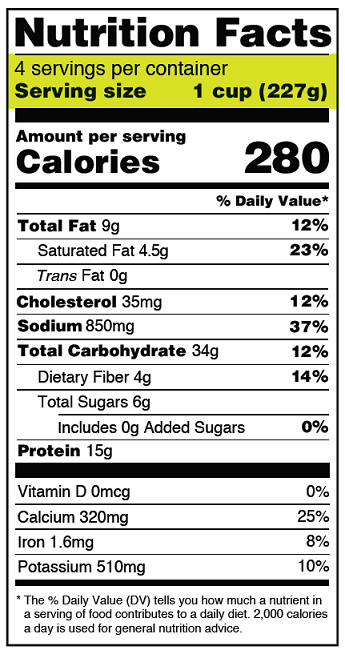

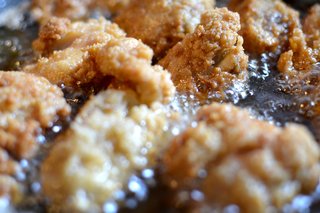

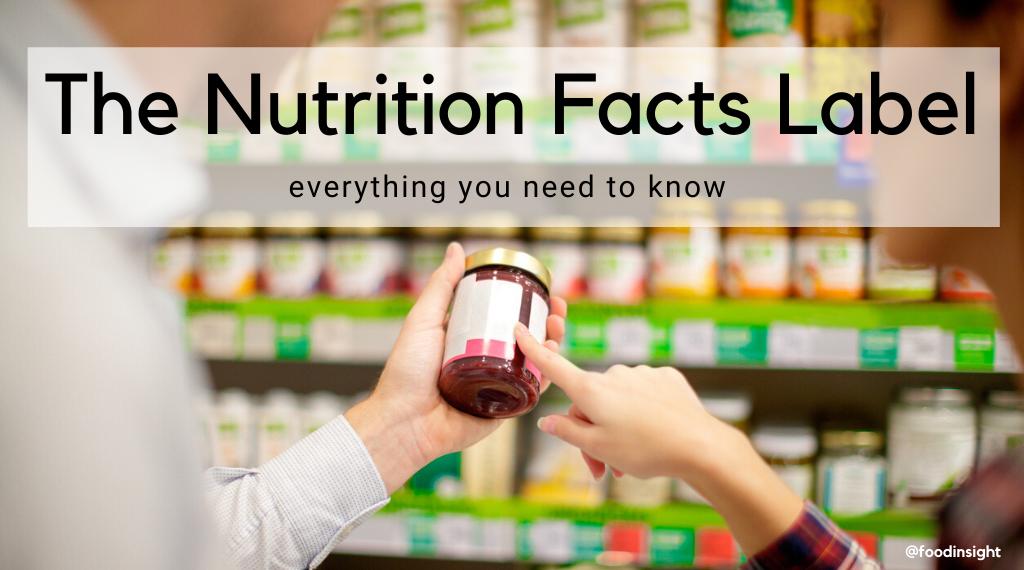
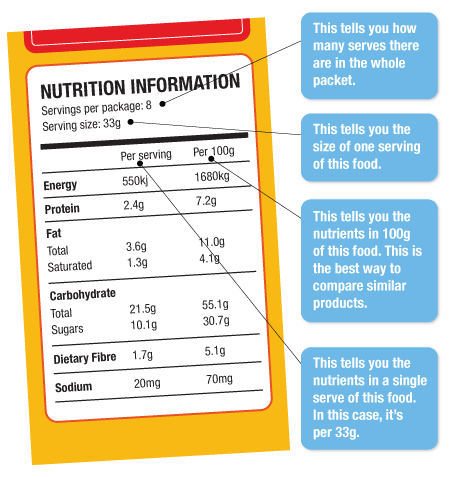
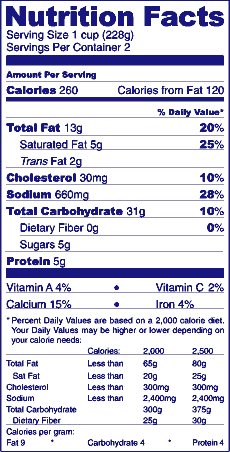
:max_bytes(150000):strip_icc()/Untitled-design-1--5755c3703df78c9b46903dab.jpg)
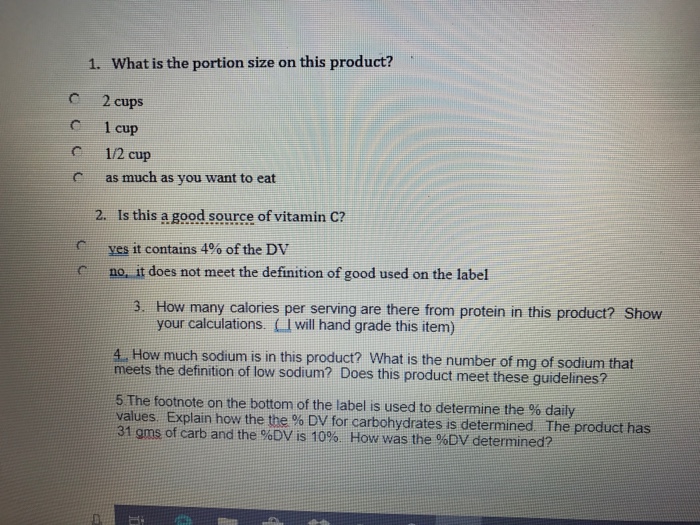
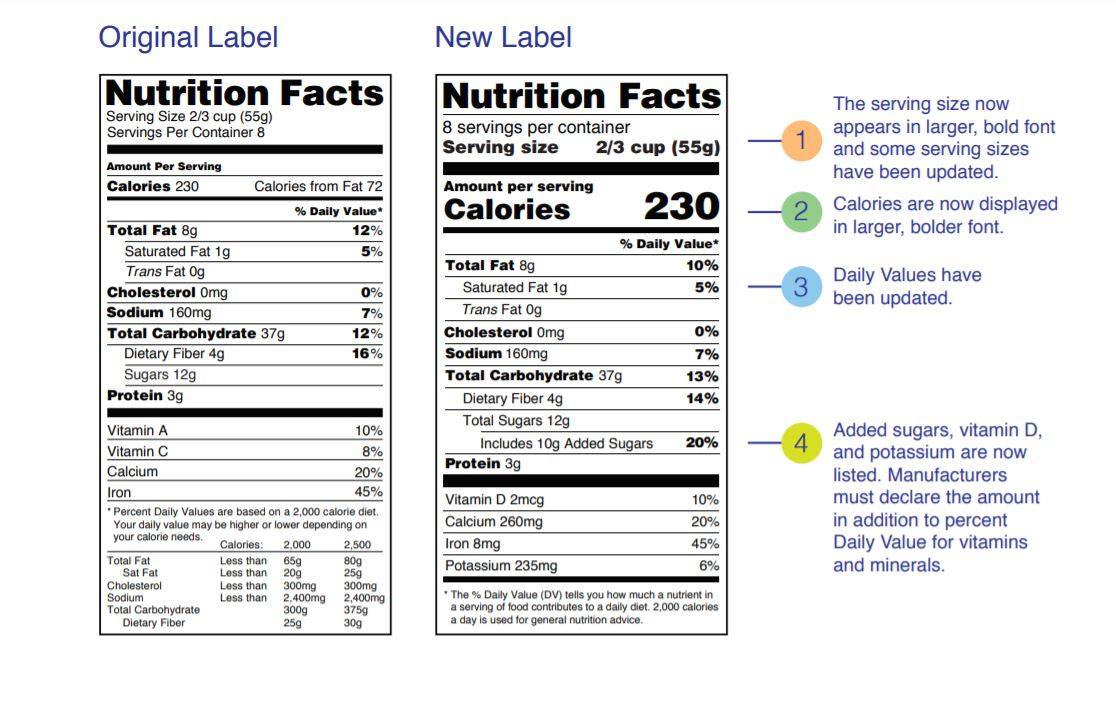
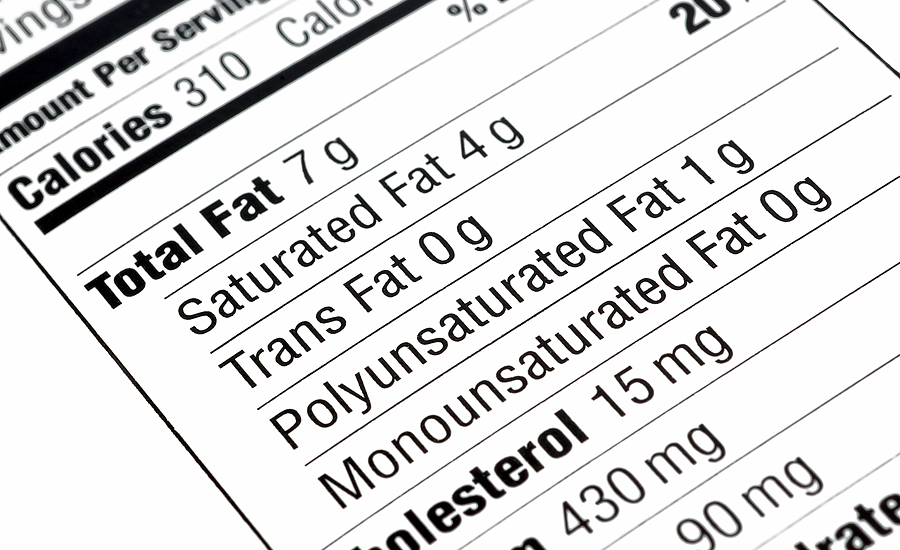



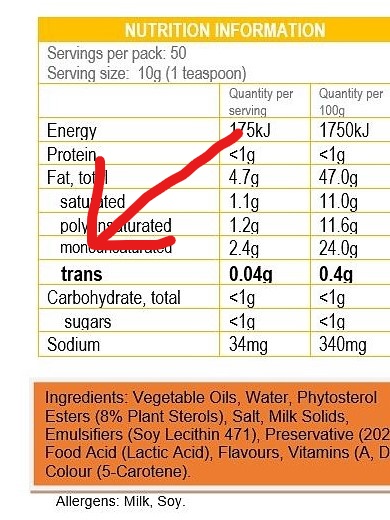
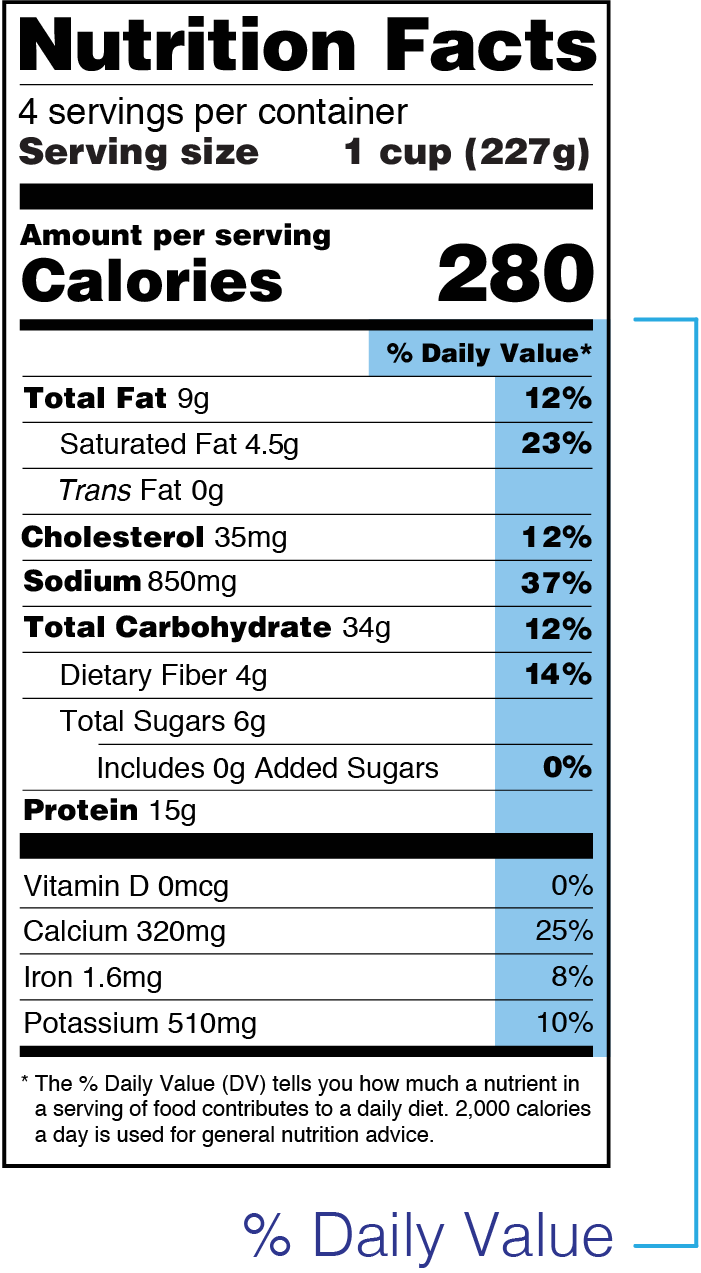
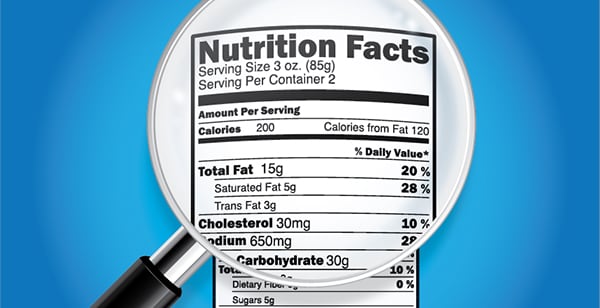
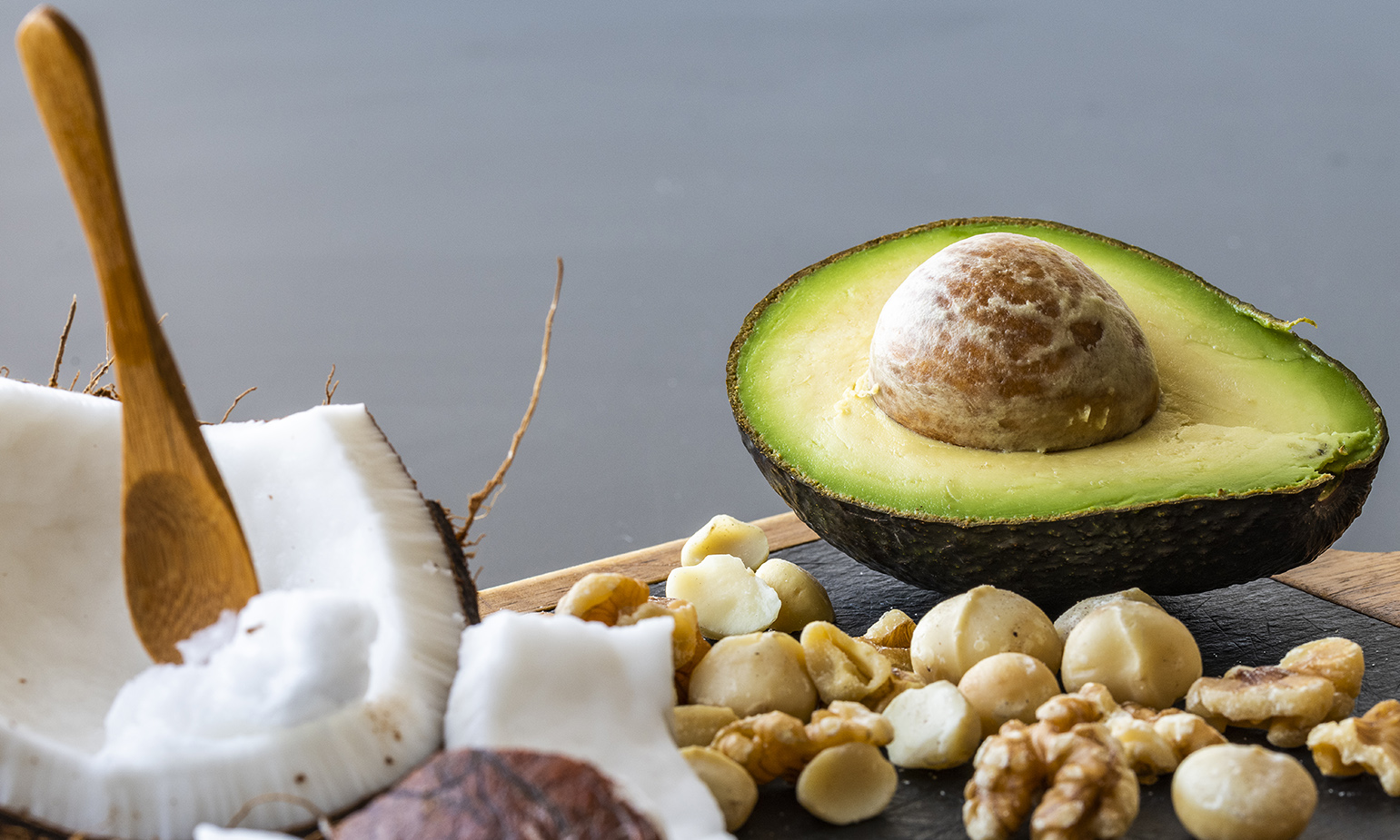
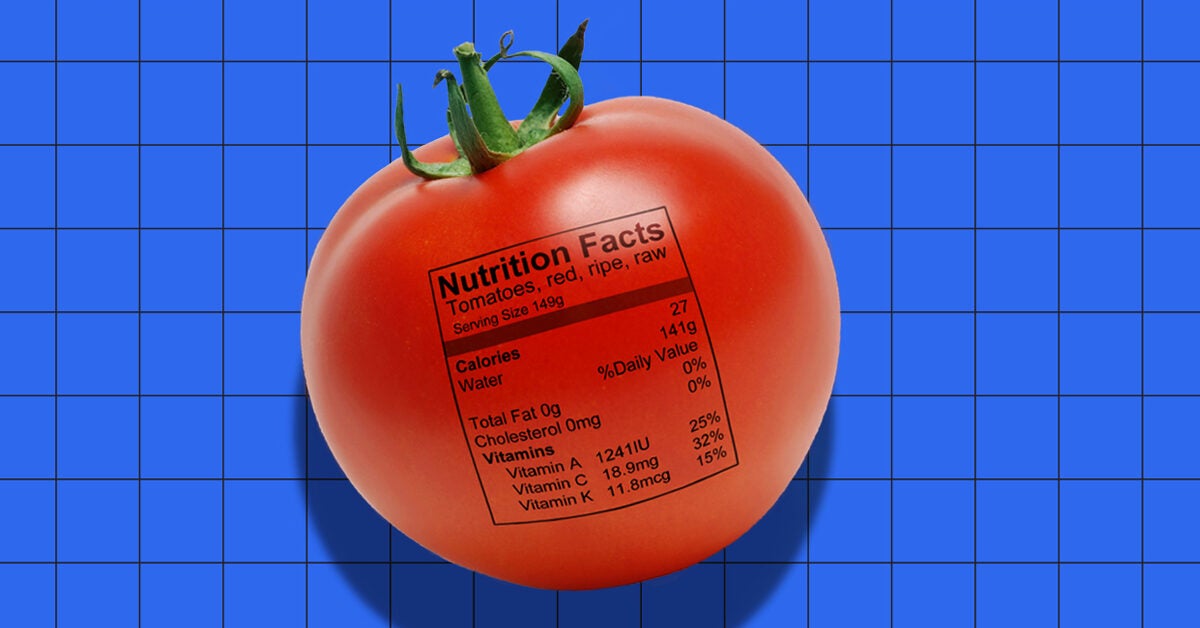
:max_bytes(150000):strip_icc()/GettyImages-187591470-5a5abaca96f7d00037ac251b.jpg)
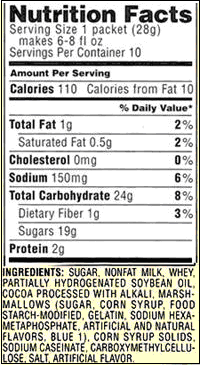
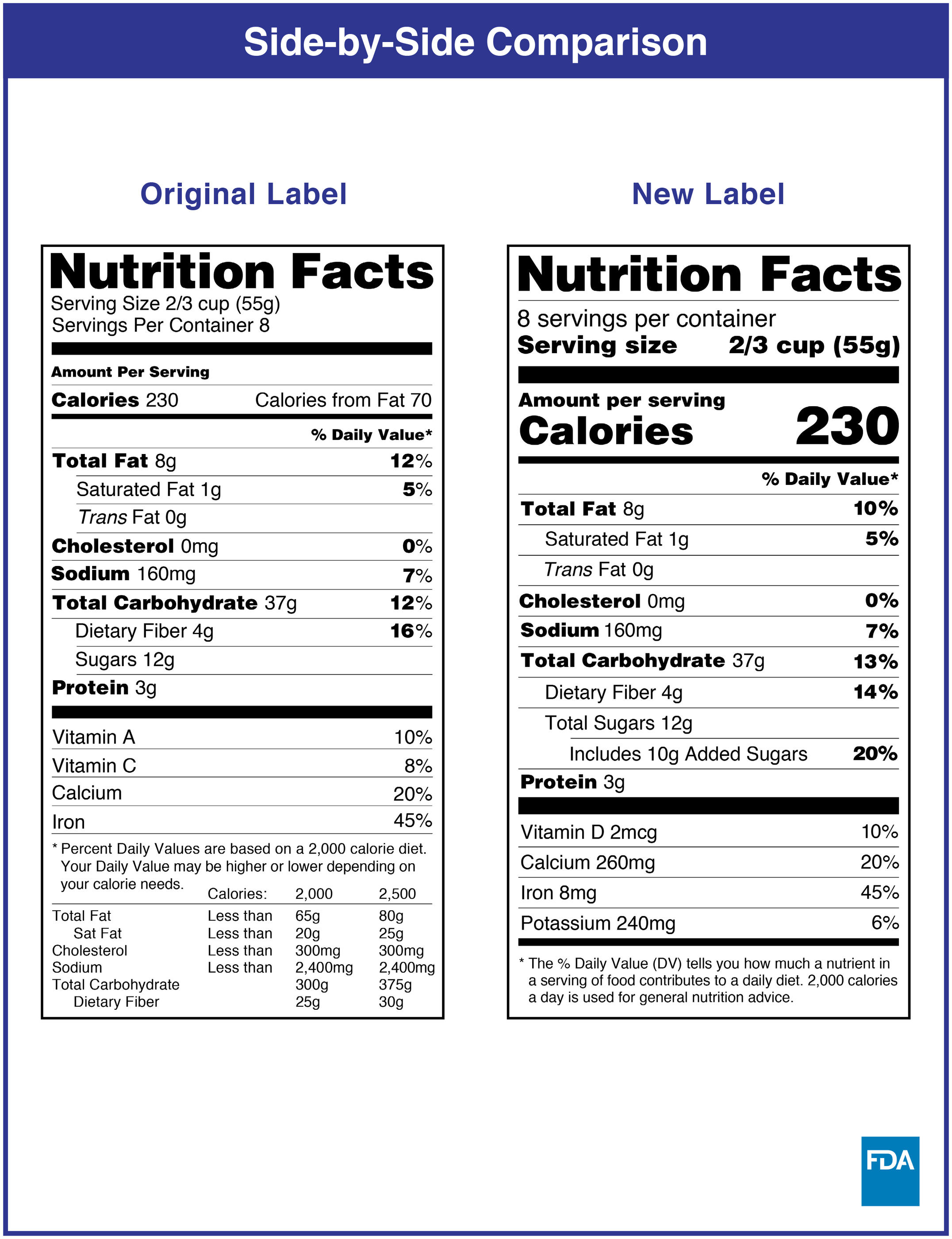
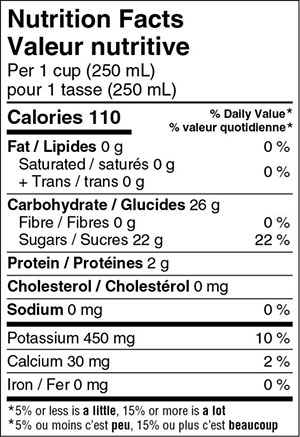
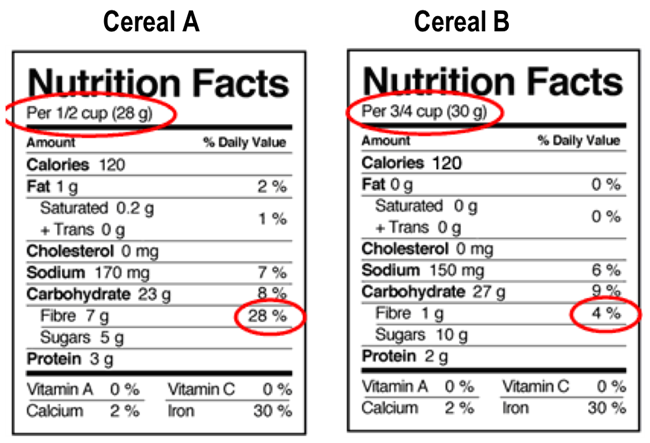



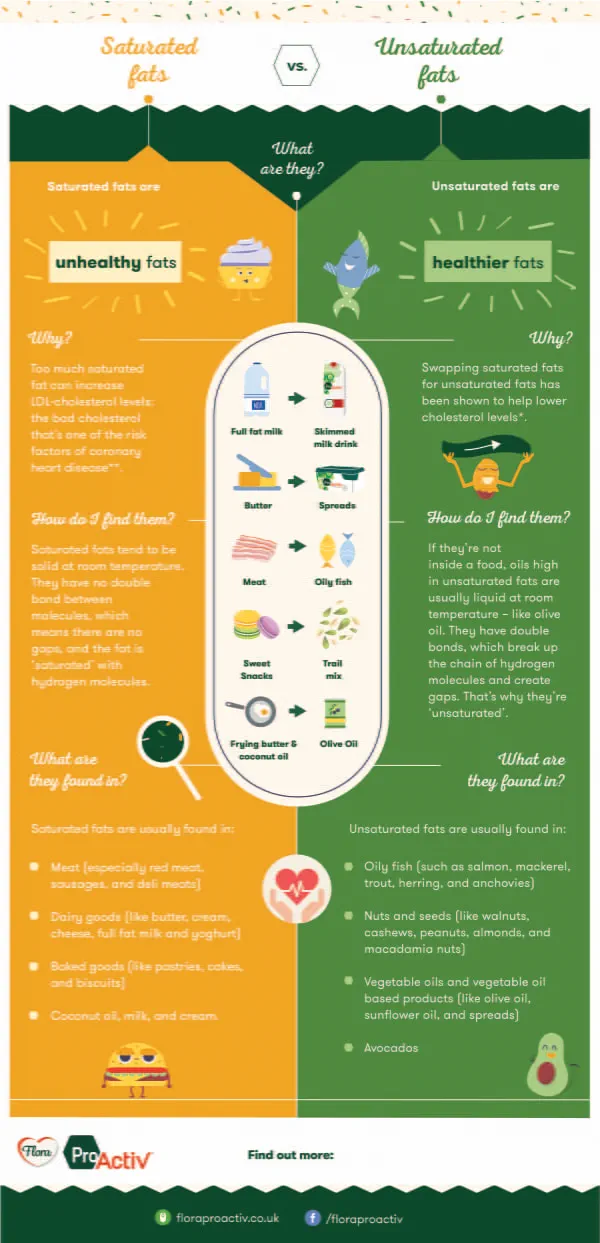



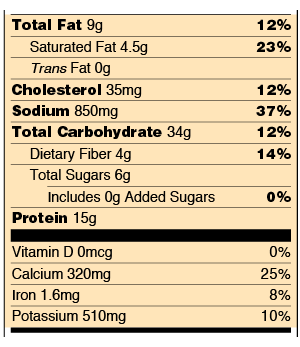
Post a Comment for "38 definition of total fat on nutrition labels"